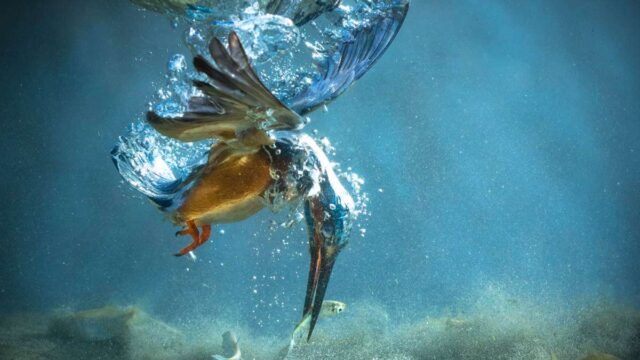
Water is a precious resource that is essential for all living beings on our planet. From rivers to oceans, water serves as the lifeblood of numerous marine species. The importance of water quality for these animals cannot be overstated. Unfortunately, water pollution, climate change, and overfishing have compromised the quality of our water bodies, leading to the decline of many marine species. As humans, it’s our responsibility to take action and protect our oceans and their inhabitants.
In this article, we’ll plunge into the importance of water quality for marine life and the impacts of pollution on our oceans. We’ll explore the effects of chemical contamination, plastic waste, and ocean acidification on marine ecosystems, and discuss the ways in which we can mitigate these problems.
By better understanding the importance of water quality for marine life, we can work towards creating a sustainable future for our oceans and the species that call them home. Join us as we explore the critical role of water quality in marine ecosystems and the importance of preserving our oceans for current and future generations.
Eager to learn more? Visit Generation Genius!
1. How water pollution affects marine life
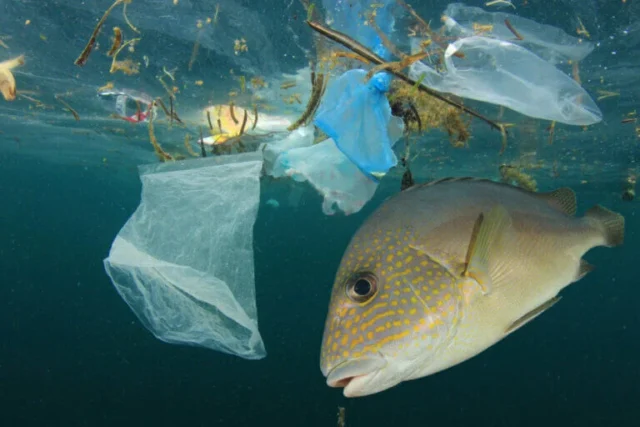
Water pollution has become one of the biggest threats to marine life. The presence of harmful chemicals and pollutants in aquatic ecosystems can lead to distressing impacts on the environment, including the death of aquatic plants and wildlife. Marine animals are particularly vulnerable since water is their habitat, and they depend on clean water to sustain their lives.
Some pollutants, such as pesticides and heavy metals, can accumulate in the tissues of marine organisms, leading to a range of health problems and even toxicity. Additionally, changes in water temperature, pH levels, and oxygen availability can also cause significant harm to aquatic ecosystems.
2. Sources of water pollution
Sources of water pollution can be categorized into two main types: point sources and non-point sources. Point sources refer to direct sources of pollution, which are typically discharged from a single location, such as factories, wastewater treatment plants, and oil spills. Non-point sources, on the other hand, are indirect sources of pollution that occur across a wide area, making them more challenging to control.
Non-point sources include agricultural runoff, urban stormwater, and atmospheric deposition. The discharge of chemicals and waste products from these sources can cause severe harm to marine life by contaminating water, damaging habitats, and reducing water quality.
3. Impact of water pollution on marine ecosystems
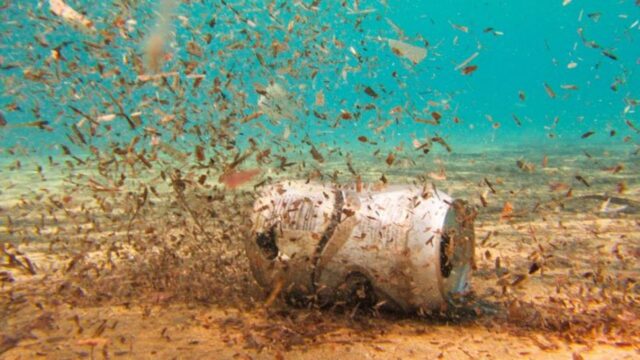
When pollutants such as fertilizers, chemicals, and plastics enter the water, they can cause the oxygen level to decrease, resulting in the death of aquatic plants and animals that need oxygen to survive. In addition, chemicals and toxins found in water can accumulate in marine organisms, causing long-term health effects and even death. Water pollution can also alter the delicate balance of marine ecosystems, leading to declines in biodiversity and the loss of important habitats for many species.
4. Steps to reduce water pollution
Water pollution is a growing concern worldwide, with many cities experiencing serious challenges as a result of contaminated water sources. Fortunately, there are ways in which we can help to reduce water pollution and keep our rivers, lakes, and oceans as clean as possible. Here are 4 steps that we can take to reduce water pollution:
- Properly dispose of hazardous waste: Chemicals and other hazardous materials should be properly disposed of and not dumped in the yard or down the drain. Hazardous waste can often affect wildlife, plants, and human health and can lead to long-term damage.
- Recycling or taking these substances to a designated hazardous waste site are great ways to dispose of these materials.
- Reduce your water usage: By conserving water, we can reduce the amount of pollutants entering our water systems. This can be achieved by reducing the amount of water used for landscaping and personal care, using low-flow showerheads or toilets, and fixing all leaks immediately.
- Avoid littering: Littering not only makes our environment unsightly but also introduces harmful chemicals, substances, and debris into our water systems. It’s important to properly dispose of all trash, and cutting down on single-use plastic products, like bags or straws, can make a
5. How water temperature affects marine life
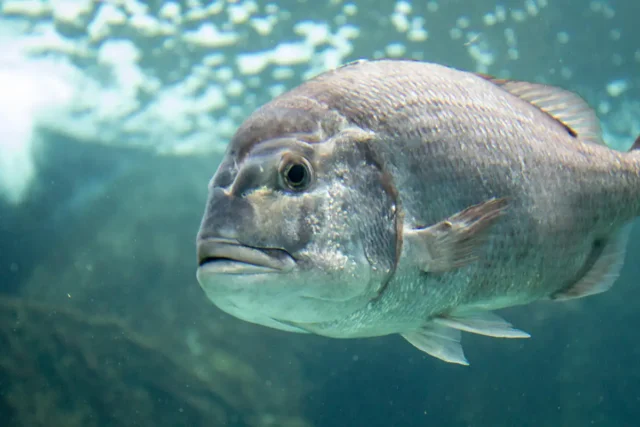
Water temperature is a crucial factor in maintaining a healthy marine environment. Aquatic animals are highly sensitive to even minor fluctuations in temperature, and changes can greatly affect their behavior, growth, and reproduction. For example, warmer waters can lead to increased metabolism and higher oxygen demands, which can make it harder for some organisms to survive. Additionally, warmer waters can promote the growth of certain algae species, which can have detrimental effects on the ecosystem.
6. How salinity affects marine life
Salinity refers to the concentration of salt in seawater, which is measured in parts per thousand (ppt). Salinity levels in the ocean can fluctuate due to a variety of factors, including rainfall, evaporation, and the flow of freshwater from rivers and streams. Marine organisms have adapted to specific salinity levels, and changes in salinity can have a significant impact on their survival and health.
High salinity levels can lead to dehydration and an imbalance in electrolytes, while low salinity can cause cells to expand and burst. These conditions can make it difficult for marine organisms to maintain proper physiological functions and can ultimately result in illness or death.
7. Impacts of ocean acidification
Ocean acidification is a significant problem that is affecting marine life at an alarming rate. As CO2 levels continue to rise in the atmosphere, the oceans absorb a large portion of it, resulting in an increase in ocean acidity. The effects of ocean acidification are far-reaching and complex, but some of the most significant impacts include the degradation of coral reefs, depletion of shellfish populations, and the disruption of marine food webs.
The increased acidity of ocean water makes it more difficult for certain organisms to form and maintain their shells and skeletons, which can ultimately lead to population declines and even extinctions.
8. Ways to monitor water quality for marine life
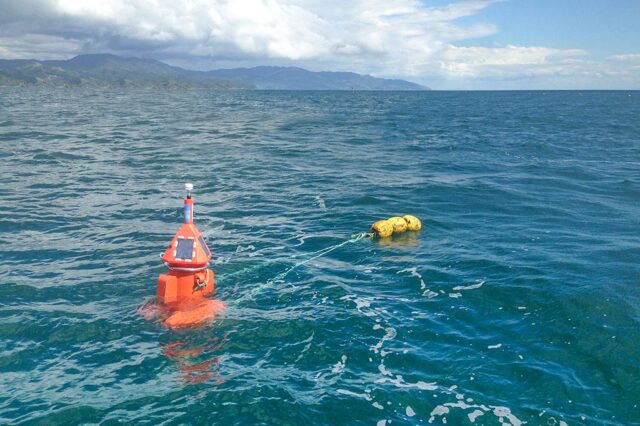
Water quality is a critical concern for marine life as it affects their habitat and overall health. Monitoring water quality regularly is essential to ensure that marine organisms thrive in a healthy environment. Here are eight ways to monitor water quality for marine life.
- Conduct regular visual inspections – this involves observing the water color, clarity and the presence of unusual debris or floating material
- Measure temperature and pH level – temperature and pH play a significant role in the chemical and biological processes in the water, making them essential elements to monitor.
- Measure dissolved oxygen – dissolved oxygen is required by marine life for respiration and metabolic processes, making it an important parameter to monitor
- Conduct microbial analysis – this involves examining the presence of bacteria, viruses and other microbes in the water.
- Test for nutrients such as nitrogen and phosphorus levels – excessive levels of these nutrients can lead to eutrophication and harmful algal blooms, which can negatively impact marine life.
- Measure salinity- salinity levels affect the balance of marine ecosystems, and its monitoring is crucial for the survival of marine organisms.
- Monitor heavy metals – heavy metals such as lead and mercury can be toxic to marine life, and their monitoring is crucial to prevent water contamination
In conclusion
Water quality is crucial for marine life, as it impacts the survival and well-being of different species. While some areas have adequate water quality, others face various challenges that need to be addressed urgently. It’s up to us to take responsibility for maintaining and improving water quality by reducing pollution and taking measures to protect the marine environment.
By raising awareness and promoting environmentally-friendly practices, we can help ensure that our rivers and oceans remain healthy and thriving ecosystems for generations to come.









